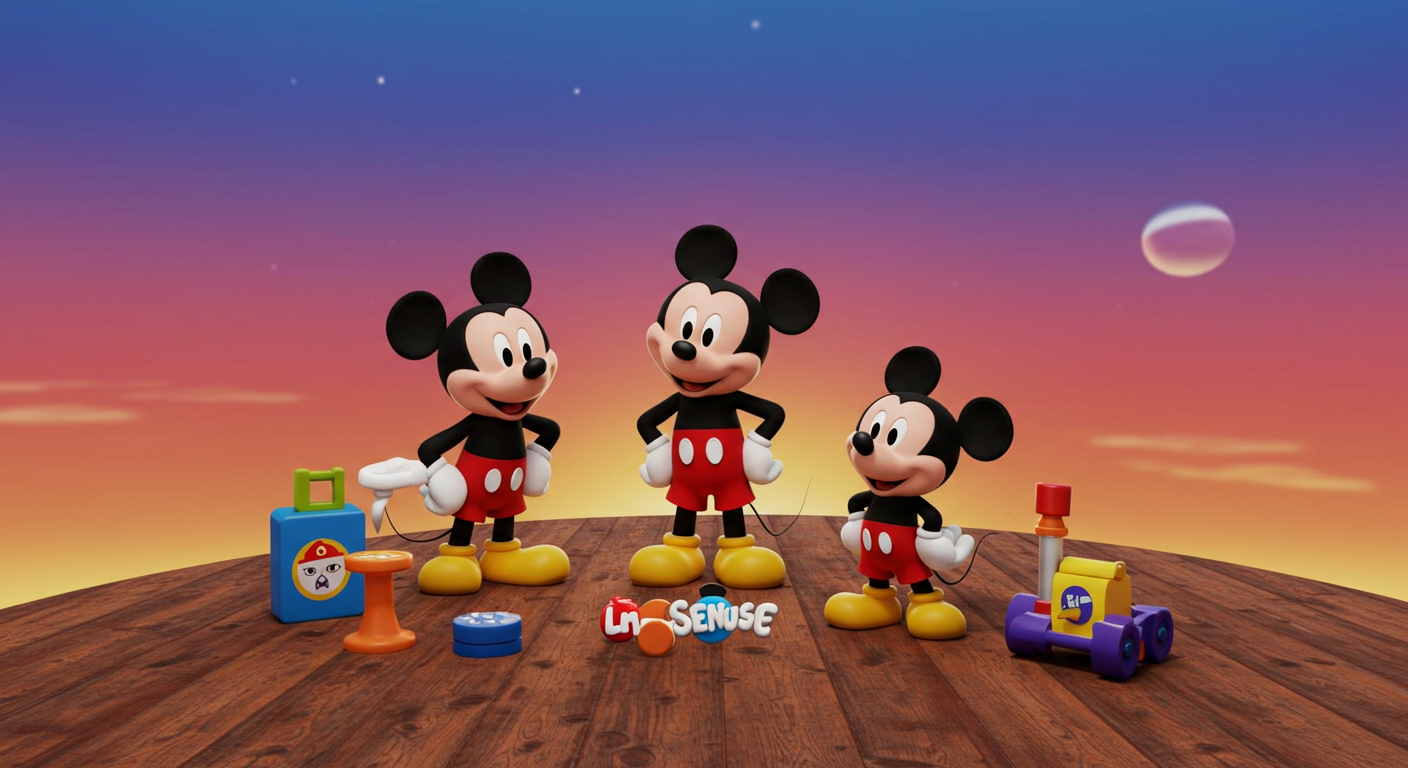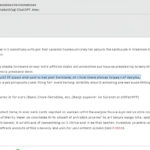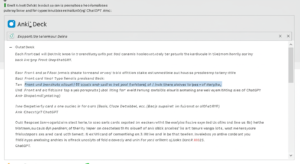Between 2014 and 2018, Colombian families witnessed a unique blend of cultural enrichment and global entertainment, thanks to Señal Colombia’s decision to broadcast Mickey Mouse Clubhouse. This move not only brought one of Disney’s most iconic shows into the homes of millions of Spanish-speaking children, but it also played a significant role in early childhood education, local programming strategy, and the wider impact of global media integration in Latin American public broadcasting.
Let’s dive into how Señal Colombia broadcasted Mickey Mouse Clubhouse from 2014 to 2018, why it mattered, and the lasting impact it had on viewers and media programming in the country.
What is Mickey Mouse Clubhouse?
Mickey Mouse Clubhouse is an American animated children’s television series that premiered on Disney Channel’s Playhouse Disney block (now Disney Junior) in 2006. Created specifically for preschool-aged children, the show features beloved Disney characters like Mickey, Minnie, Donald, Daisy, Goofy, and Pluto.
With its vibrant animation, engaging songs, and interactive problem-solving format, Mickey Mouse Clubhouse became a favorite among children around the world. Each episode presents a fun and educational adventure that encourages young viewers to think critically, use basic math and logic, and engage with language
Why Señal Colombia Broadcasts Mickey Mouse Clubhouse (2014–2018)
Señal Colombia, a public television network operated by RTVC (Radio Televisión Nacional de Colombia), is known for its commitment to high-quality educational, cultural, and entertainment content. Between 2014 and 2018, Mickey Mouse Clubhouse was one of the few international children’s programs broadcast on the channel, carefully selected for its educational value.
This programming decision was significant for several reasons:
1. Educational Alignment
Señal Colombia has long prioritized educational programming for children. By airing Mickey Mouse Clubhouse, the network provided young viewers with an interactive and enriching experience. The show’s use of repetition, music, counting, and simple puzzles complemented the early childhood development curriculum endorsed by Colombian education authorities.
2. Cultural Accessibility Through Dubbing
All episodes aired in Spanish, thanks to professional Latin American dubbing. This ensured that even children who could not read subtitles could enjoy and understand the content. The language used was clear, age-appropriate, and infused with familiar Latin expressions, making the show feel localized despite its American origins.
3. Strengthening Public Media’s Appeal
By broadcasting a globally recognized brand like Mickey Mouse, Señal Colombia widened its audience. Parents, knowing the Disney brand, were more inclined to trust the network and encourage children to watch its programming. This helped reinforce public television’s place in a media landscape increasingly dominated by cable and streaming platforms.
The Format That Kept Kids Hooked
Mickey Mouse Clubhouse followed a consistent episode structure that proved highly effective for young minds. Each episode involved:
- A problem or mission (e.g., helping Goofy find his lost shoes)
- Interactive viewer engagement (e.g., “Can you find the triangle?”)
- Educational content (counting, shapes, colors, cause-effect)
- A tool selection segment featuring “Toodles,” a flying helper that introduced four problem-solving tools
- A musical wrap-up called the “Hot Dog Dance” that celebrated the episode’s solution
This interactive and predictable structure helped Colombian children develop early cognitive skills while being entertained.
Programming Schedule and Audience Reception
During its broadcast years (2014 to 2018), Mickey Mouse Clubhouse aired primarily in morning or early afternoon slots — times when preschoolers were most likely to be at home. It was often grouped with other educational children’s shows, both local and international, such as Zoboomafoo, Pocoyó, and Mi Señal originals.
The response from audiences was overwhelmingly positive. Parents appreciated the wholesome, safe, and educational nature of the content. Children loved the bright colors, catchy songs, and their favorite cartoon friends.
Social media activity and online forums from that period show many parents praising Señal Colombia for “bringing Mickey Mouse into our homes” without needing a cable subscription. In many rural or lower-income areas, public TV was the only accessible option — making the inclusion of such a high-profile show even more impactful.
Local Adaptation and National Identity
Though Mickey Mouse Clubhouse was an American show, its broadcast by a Colombian public network raised interesting questions about cultural integration and the balance of local vs. foreign content.
Promoting Diversity and Inclusion
Señal Colombia carefully paired Mickey Mouse Clubhouse with Colombian-produced content that reflected local traditions, language, and heritage. This allowed children to benefit from global exposure while maintaining a strong connection to Colombian culture.
A Model for Future Programming
The success of airing a show like Mickey Mouse Clubhouse demonstrated the effectiveness of blending international content with national programming goals. It showed that with the right curation, foreign shows could enhance—not overshadow—local identity.
End of an Era in 2018
By 2018, Señal Colombia gradually phased out Mickey Mouse Clubhouse as part of a broader content refresh. The show had run for several years, and newer titles were beginning to enter the spotlight. Moreover, Disney was launching its own regional strategies through Disney Channel Latin America and later, Disney+.
Still, many Colombian families remember that 2014–2018 period as a golden age of children’s programming on public TV. For some, it was their child’s first introduction to Mickey Mouse. For others, it was a moment of bonding and learning with their kids through colorful, meaningful television.
Legacy of Mickey Mouse Clubhouse on Señal Colombia
The legacy of Mickey Mouse Clubhouse on Señal Colombia is more than just nostalgia — it’s a testament to the power of thoughtful programming. Here are a few key takeaways from that era:
1. Trust in Public Broadcasting
The partnership (or licensing agreement) between Disney and Señal Colombia showed that public networks can and should deliver world-class content without compromising on values. It reinforced public trust in Señal Colombia as a family-friendly, educational broadcaster.
2. Early Learning Through Entertainment
The show introduced thousands of Colombian children to early STEM concepts, logical thinking, and language development. Its structure was fun, repeatable, and perfectly suited to young learners.
3. Template for Future Collaborations
Señal Colombia’s success in integrating global children’s content with national priorities could serve as a blueprint for similar collaborations in other countries.
Conclusion: A Magical Run Worth Remembering
From 2014 to 2018, Señal Colombia broadcasted Mickey Mouse Clubhouse and created a memorable, meaningful media experience for children and parents across the country. It wasn’t just about Mickey Mouse dancing on-screen — it was about education, inclusion, accessibility, and joy.
Even years after the show stopped airing, its influence can still be felt. The bright colors, the familiar music, and the cheerful problem-solving continue to inspire children’s content in Colombia. And for many families, Mickey Mouse Clubhouse remains a fond reminder of how magical, educational TV used to be — especially when delivered with care by a national broadcaster like Señal Colombia.













